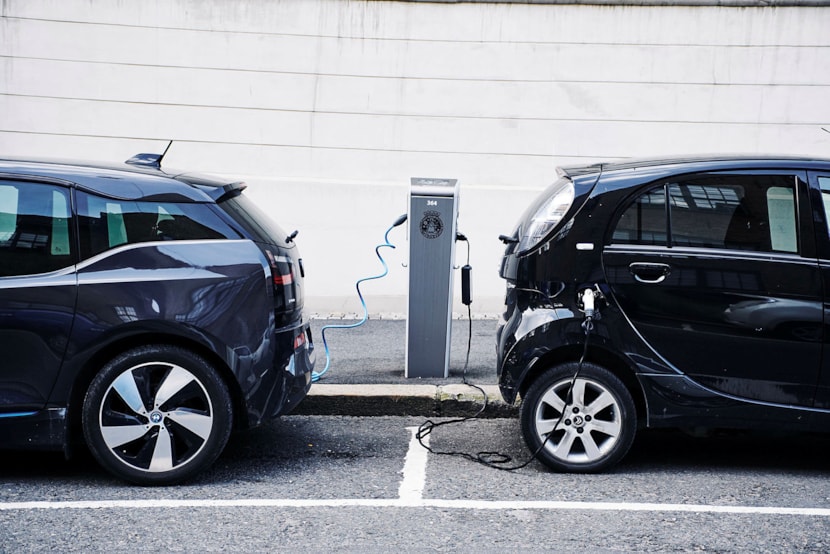Together with the companies Tibber and Entelios, Statnett has performed practical tests which show that electric vehicles and buildings that use electric central heating boilers can offer “their power” to the balancing power market by responding automatically to electronic grid balancing requests. Statnett used to phone each of the major power producers and consumers to request grid balancing, but this process is now performed digitally through an electronic bid ordering system. Both Tibber and Entelios, the latter in collaboration with Enfo and Siemens, have now developed separate solutions that enable their systems to respond automatically to Statnett’s electronic orders. This is part of the eFleks pilot scheme, as part of which the minimum volume for balancing bids also has been reduced from 5 MW to 1 MW.
Automation increases access to new flexibility
“The pilot tests showed that it is possible for right down to the end-user level to help maintain the grid balance,” explains Statnett’s project manager Kari Dalen. “When grid balancing requests are issued electronically, bids comprising lots of small consumer loads create no extra work for Statnett. We see only the total amount of power being offered. The challenge lies in automating management of the loads and integrating the solution into our interface for electronic bid ordering. It is here that the pilot scheme’s two different solutions, from Entelios and Tibber respectively, have both achieved breakthroughs.
Entelios and Tibber are working to deliver flexibility from a wide range of technologies. Tibber has now contributed flexible power consumption from electric vehicles in Greater Oslo, while Entelios has tested automated flexibility from electric central heating boilers in industrial, commercial and public buildings in the eastern part of Norway.
Flexibility from buildings and industry can be fully automated
“Entelios was the first to offer energy aggregation back in 2008. The path to where we are today has been complex and motivating, but we have always had an unwavering belief in the importance of making flexibility available to increase security of supply in a power system undergoing major change. In the eFleks project, we have challenged our customers to see how they can contribute to resolving precisely these societal challenges, and they have contributed their central operating facilities and industrial consumption,” says Atle Knudsen, CEO of Entelios. “In the project, we succeeded – in partnership with Siemens and Enfo – in establishing fully automated industrial solutions which show that it is possible to link customers’ aggregated consumption loads directly to the power system’s pricing information and need for balance. That is something we are extremely pleased with.”
Electric vehicle charging can be tailored to the needs of the grid
“Electric vehicles are well suited for use in balancing the power grid. Tibber’s technology ensures that customers can charge their vehicles when the price of electricity is lowest. This can be achieved at the same time as the vehicles can stop or start charging when the grid requires. This is a win-win situation and shows that electric vehicles are the solution to a much smarter power grid; they are not contributing to the bottleneck,” says Tibber’s founder and CEO Edgeir Vårdal Aksnes.
The renewable energy society needs flexible power and smart technology
The switch to more renewable energy and increased electrification are important elements in the effort to combat climate change. This increases the need for flexibility to safeguard the stable supply of power. That is why we need smart technological solutions.
“Norwegian power generators and large-consumption customers are already good at delivering flexibility, but we will need even more flexibility in the years ahead. It will therefore be both useful and cost-effective for society if more consumers can offer their flexibility,” says Statnett’s Kari Dalen. “The pilot scheme we are currently running is teaching us more about the use of flexibility from new sources and technologies, at the same time as we boost access to flexible resources in the eastern part of Norway.”
The pilot scheme has been underway since the autumn of 2019, and the project is scheduled for completion at the close of 2020.

